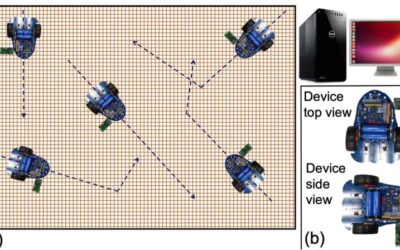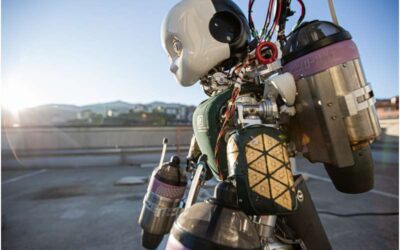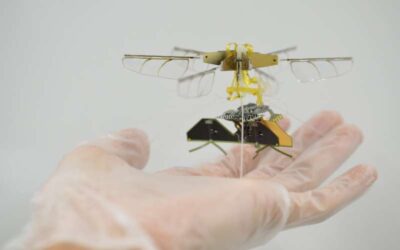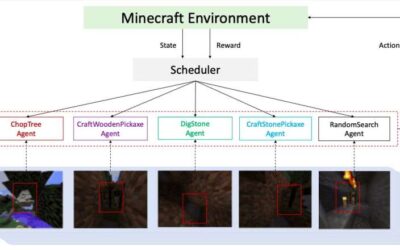Researchers at the Indian Institute of Technology Bhubaneswar, in collaboration with TCS Research and Wageningen University, recently devised a new strategy that could improve coordination among different robots tackling complex missions as a team. This strategy,...
TECHXPLORE
Moving toward the first flying humanoid robot
Researchers at the Italian Institute of Technology (IIT) have recently been exploring a fascinating idea, that of creating humanoid robots that can fly. To efficiently control the movements of flying robots, objects or vehicles, however, researchers require...
Exploring the factors that influence drivers while transitioning from highly automated driving
In recent years, many companies have been investing in fully and partly autonomous vehicles. Before these vehicles can be deployed in the real world and on a large scale; however, their developers will need to ensure that they are safe and can deal effectively with...
A new micro aerial robot based on dielectric elastomer actuators
Micro-sized robots could have countless valuable applications, for instance, assisting humans during search-and-rescue missions, conducting precise surgical procedures, and agricultural interventions. Researchers at Massachusetts Institute of Technology (MIT) have...
Curve Light: A highly performing indoor positioning system
In recent years, engineers have been trying to develop more effective sensors and tools to monitor indoor environments. Serving as the foundation of these tools, indoor positioning systems automatically determine the position of objects with high accuracy and low...
A new untethered and insect-sized aerial vehicle
Researchers at Toyota Central R&D Labs have recently created an insect-scale aerial robot with flapping wings, powered using wireless radiofrequency technology. This robot, presented in a paper published in Nature Electronics, is based on a radiofrequency...
A virtual reality simulator to train surgeons for skull-base procedures
People with diseases or conditions that affect the base of the skull, such as otologic abnormalities, cancerous tumors and birth defects, might need to undergo skull base surgery at some point in their life. To successfully conduct these challenging procedures,...
Study explores the degradation mechanisms in Cu2O photoelectrodes for CO2 reduction
The efficient and large-scale conversion of carbon dioxide into fuels or other valuable substances could help to address the current energy crisis and mitigate the effects of global warming. One of the most effective approaches for converting CO2 into other...
A soft jig that could enhance the performance of general-purpose assembly robots
As robots become increasingly advanced, they are being trained to complete a wide variety of tasks. Some roboticists have been specifically exploring the potential of robotic systems that can assembly items without much human supervision, as this could significantly...
SEIHAI: The hierarchical AI that won the NeurIPS-2020 MineRL competition
In recent years, computational tools based on reinforcement learning have achieved remarkable results in numerous tasks, including image classification and robotic object manipulation. Meanwhile, computer scientists have also been training reinforcement learning...










